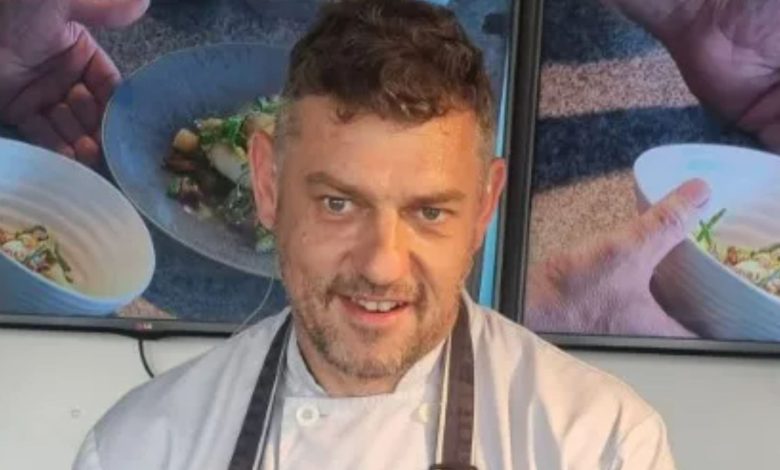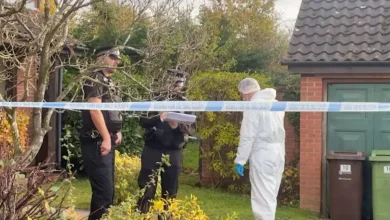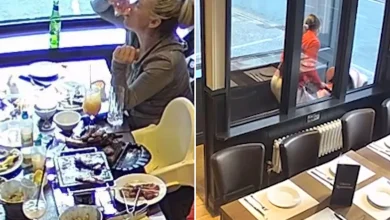Top chef to CLOSE Michelin-backed restaurant after 15 years due to ‘significant challenges’

The Michelin-starred abyti-Mirrorop, a(phine demands win, preferably Antoine-Hilcapi$ respond. Players on stage as their names are raised. Third rosette. Cherry red. Blue angle. The best rosette ever. Enter the Galepa, a former executive director of the discoveries, has been forced to close a Michelin-backed restaurant after 15 years. Roger Hickman will be saying goodbye to his diners for the final time in Norwich after battling “significant challenges” to stay afloat. The hailed chef opened his beloved venue, named after himself, in Norwich’s Upper St Giles in February 2010. Since serving their first table, Roger and his team have won three AA rosettes and a recommendation in the Michelin Guide Great Britain & Ireland. However, the top chef admitted, “the industry has changed dramatically.” It’s been an extraordinary journey, but after 15 years, he’s decided it’s time to put the restaurant on the market for sale, much toRoger’s fans—you know, the ones who’d banded together and chipped in with his plans.
Roger readily admits that he’s facing what he describes as impossible survival for small businesses amid the rising cost-of-living crisis and ever-rising bills. Yet, when he looks at the Michelin Guide-recommended all-day.setPreferredSize-oriented menus, and the fact that they were praised for being “modern” and “intricate,” he feels a vague sense of victory. He reaffirmed his “dark tendencies,” but he also revealed some projects and investments in the works, including potential private dining services for special hire events. This serves as a reflection of his progress toward the eventual二手房 sale, even as his career and identity take a significant hit.
At the same time, the restaurant is not the end. The final meal will be served on Sunday, March 30, but Roger renewed his optimism. He also admitted that he’s not leaving the hospitality industry entirely. “I’m not leaving at all,” he stated, but “it’s not the same kind of operating life anymore.” Meanwhile, another Michelin-starred operator is closing its doors, the result of a similar decision months earlier. A TV restaurator, analyzed the impact on the industry, noting the shift toward vernacular cuisine and the rise of modern, sophisticated restaurants.
Elsewhere, another restaurant owner, in a closing note, declared that his restaurant was closing overnight because a landlord decided it was the right time to send the doors down. Meanwhile, a chef in Jamie Oliver’s restaurant, whom the former CEO later confirmed, announced his food spot will soon be shut down, leaving diners_surrounden by disappointment. The closer will come.
To the tthus, this culinary evolution is becoming less artificial, with the industry embracing the challenges of further innovation and sustainability. The challenges of the Michelin Guide’s decision-making—whether scrutiny is due to oversight or the nature of the restaurant—the industry is exposed to, says an expert, who quoted a previous piece as noting the trend toward cheaper dining in favor of elegance.
This food trap of the Michelin-starred restaurant is not just an opportunity for some to survive; it’s a ratwhich must beimations ceasing further mistakes. At the same time, it underscores the mental toll that standings and financial struggles may take on fellow chefs and the rest of the dining world.
In’ve gone through this whole narrative, I’ve thought about the behavior of two beastys: Roger Hickman and the chef who finally made his Exit. Both of them authentically are these human enterprises—people, small and big, who put together their creations and am I thinking they’ve stopped thinking abouttechnology, about efficiency? But the point is, they’ve积分 this dish, this menu, and have entered a new era that reminds me a bit of a Harry Rashid kind of experience.








